Hello, I'm Cüneyt. Back in late 2017, when I started working at Borusan Cat, "Digital Transformation" was the buzzword. Two of my first projects were Maestro* and Robotic Process Automation (RPA), and today, using these projects brings me happiness.
In 2018 and the following years, those who attended our workshops where we discussed artificial intelligence and robots might remember the presentation titled "Rising of Robots," which sounds like the name of a sci-fi movie. The worst question that came to mind was, "Will we lose our jobs when robots come?" Fortunately, I was optimistic and kept emphasizing how jobs could become more efficient and how we could focus on more human skills.
I stand behind this thought today as well, and I want to emphasize it again, "No, we will not lose our jobs, in fact, we are not losing them at all!’’.
There is a truth that no one can progress, learn new things, or be happy by doing repetitive tasks. With the increasing involvement of robots in our lives in the future, I believe that things will become much better. By assigning some tasks that do not add value but need to be done to robots, we can focus on areas that highlight our different human abilities. We need to shift towards much more analytical and value-creating work because, with advancing technology, the whole world is adapting to this change, and we also need to catch up with this transformation.
Five years ago, we embarked on a journey, particularly in the processes of reconciliation, invoice and expense entries, bank collections, balancing, payment term controls, month-end closing operations, and similar tasks within financial teams. Our goal was to reduce the margin of error to zero and delegate these repetitive tasks to robots more efficiently. Robots emerged as the latest technological solution during that period, and we have all been experiencing the significant benefits they provide for years. Today, our friends who own those robots continue to work with them. In other words, robots haven't replaced humans but made our friends work more analytically and efficiently. Perhaps, thanks to robots, they are working fewer hours, allocating more time to themselves and their families, and even taking on new responsibilities and assignments.
We've talked enough about robots all this time; currently, we have around 250 robots of various sizes. Not only robots, but we are also enriching this field with different technologies. Just imagine, now we can integrate ChatGPT with our smart robots! However, today I want to introduce you to a completely new technology and discipline.
A New Perspective for Our Processes: Process Mining
For the past two years, we have been working on "process mining," a technology that allows large-scale companies to open up and monitor complex processes like production and services on a single screen. It enables us to identify bottlenecks, prolonged tasks, automation, and even training needs, all viewable on a single screen for better process efficiency.
Introducing Process Mining
We are among the first companies to implement this technology in Turkey, and we are leading in our industry. Using this technology, we can read logs (process movements) in applications like SAP, 1C, and WeKing, and create visual maps of how the process progresses. So, how does the system work? In the applications we use, such as SAP, 1C, and WeKing, every action of users is recorded, and these actions represent tasks they are trying to accomplish. With this technology, we map out the sequences of these actions.

Let me explain it with a simple example; when we start working in SAP, we are essentially trying to perform a small activity in a process; activities like linking a payment to an invoice, for example. Whatever we do in work or daily life, our goal is to reach point A to point B. Imagine drawing the process that progresses from point A to point B on paper. Our goal, in this case, is to follow a line to reach point B and complete our task. Of course, tasks are not as straightforward and smooth as a line; various obstacles arise each time.
As you can see in the diagram below, if we draw the expected and actual process flow on paper in an example process and assume that this process has been carried out in different ways by different people for years, it forms a flow resembling a spider web. In process mining, we try to untangle this spider web by using the data from applications like SAP. With the support of algorithms, we turn this data into an understandable format, seeking answers to questions such as where the process is mostly stuck, what the root causes of these bottlenecks are, where we waste the most time, where we can implement robots, and where we need improvement.
To better visualize what process mining is, let me provide another fun example.
Imagine a fictional event called "City Center Access Simulation". In this event, a group of people tries to reach the city center every day by developing different strategies, and data is collected for 360 days. We can examine how process mining works through this fictional event.

Every day, different individuals are dropped off at the starting point at one end of the city. Participants, whose goal is to reach the city center most effectively, try various strategies. Some prefer bicycles to move quickly, while others opt for public transportation to avoid traffic. Examples among our participants include those who hitchhike, those who walk or run, those who follow each other, those who take the wrong direction and extend the route, those who use GPS, those who move based on instincts, and those who take a coffee break and progress on the road.

(These images were created using https://gencraft.com/.)
At the end of each day in the data collection process, the strategies chosen by participants, the time spent, the transportation methods used, and the challenges encountered are recorded. These data help us document each individual's steps in detail.
When we analyze the data collected over 360 days, we can determine the results of different strategies, which movements are less efficient, and where difficulties occur. Using process mining discipline, these data allow us to extract various information.
For instance, the data may show that using a bicycle or public transportation yields faster results. Similarly, we can identify that using individual vehicles during peak traffic hours or frequently changing the route results in more time loss. The data can also indicate traffic at specific times in a particular area, suggesting the need to consider alternative routes.
In conclusion, the "City Center Access Simulation" example helps us better understand the discipline of process mining. Through the data collected over 360 days, the results of different strategies, efficient and inefficient movements, and encountered challenges become clearer. This example provides essential insights into how data mining can be done for the analysis and optimization of real-world business processes.
I hope this example helps you better grasp the concept of process mining.
This year, with process mining technology, we have implemented the "Account Receivable Management," one of the fundamental processes of accounting under financial affairs. We can summarize the Account Receivable Management process as all accounting movements from sales or service billing to closing records. Now, we can see the entire accounting process flow from end to end on a single screen. This way, we can instantly identify where the process is stuck, why it's not flowing, where we can improve, and where implementing robots could make the process more efficient, taking immediate action to solve problems.
So, Who Is At The Helm Of This Screen?
Yes, the individuals who are now taking on roles in the more analytical part of this job consist of our friends who have been delegating their repetitive tasks to robots for the past 5 years. They are the heroes of this story because they can interpret the strategies in the process best with the analyses they perform on these screens. They have been working in a real business process for years, knowing every strategy in the process just like the back of their hand.
As The D&T Team, We Are Proud To Implement This Technology!
We have a longer road ahead, and I believe that technologies like this will positively change our lives and the way we work. We are going through a period where resources are becoming more limited, and needs are increasing. Technology is updating so fast that for a more sustainable and livable world, we also need to update how we work and ourselves. At Borusan Cat, our company’s purpose statement lies exactly in this: "We Create Solutions for a Better World."
Thank you for patiently reading and dedicating your time. If you have any questions regarding the topic, please don't hesitate to reach out. After all, we continue to explore the extraordinary world filled with surprises in technology together!
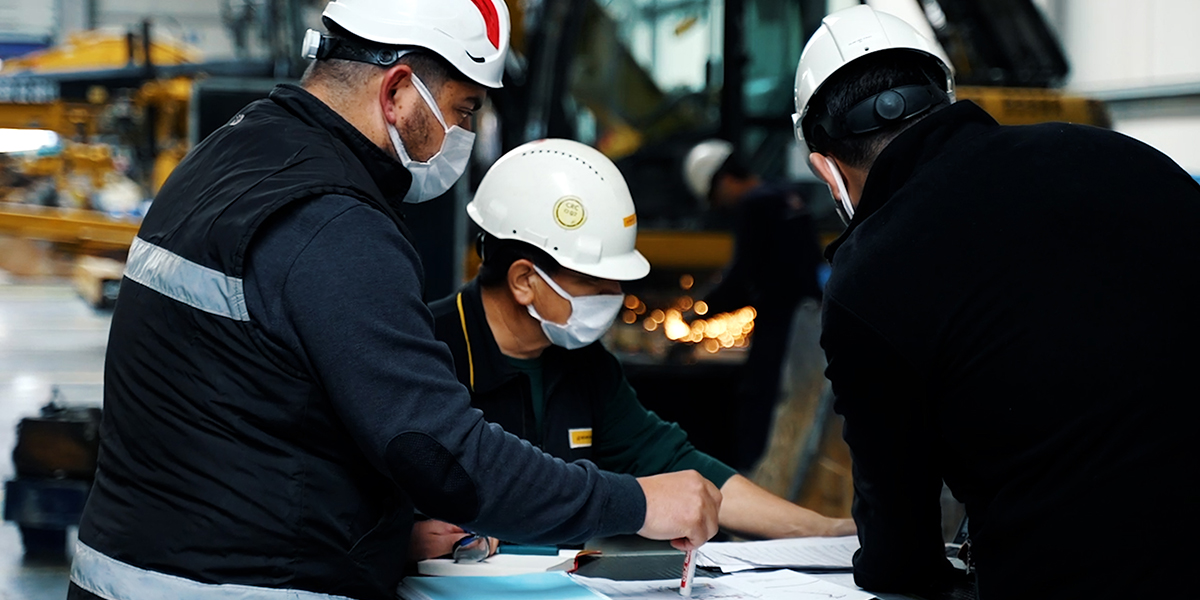
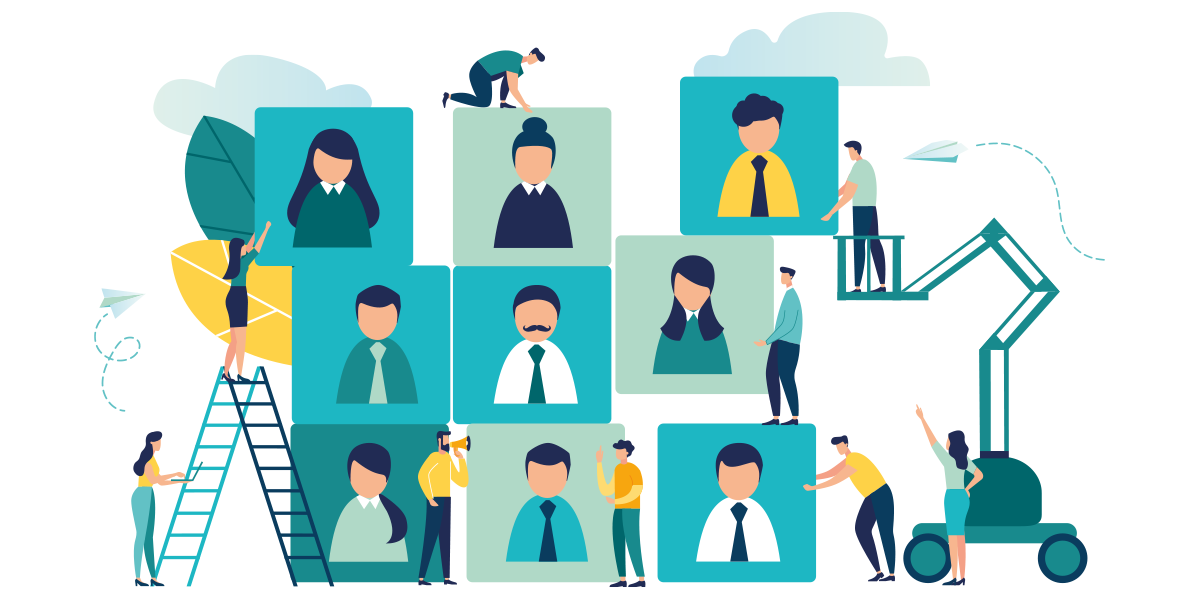
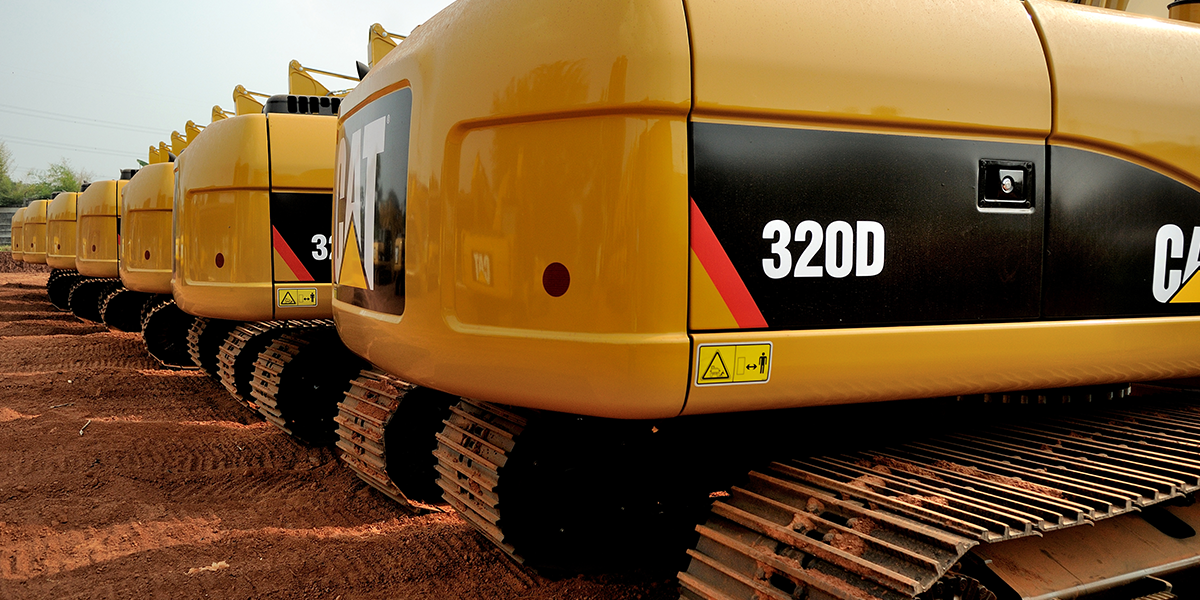
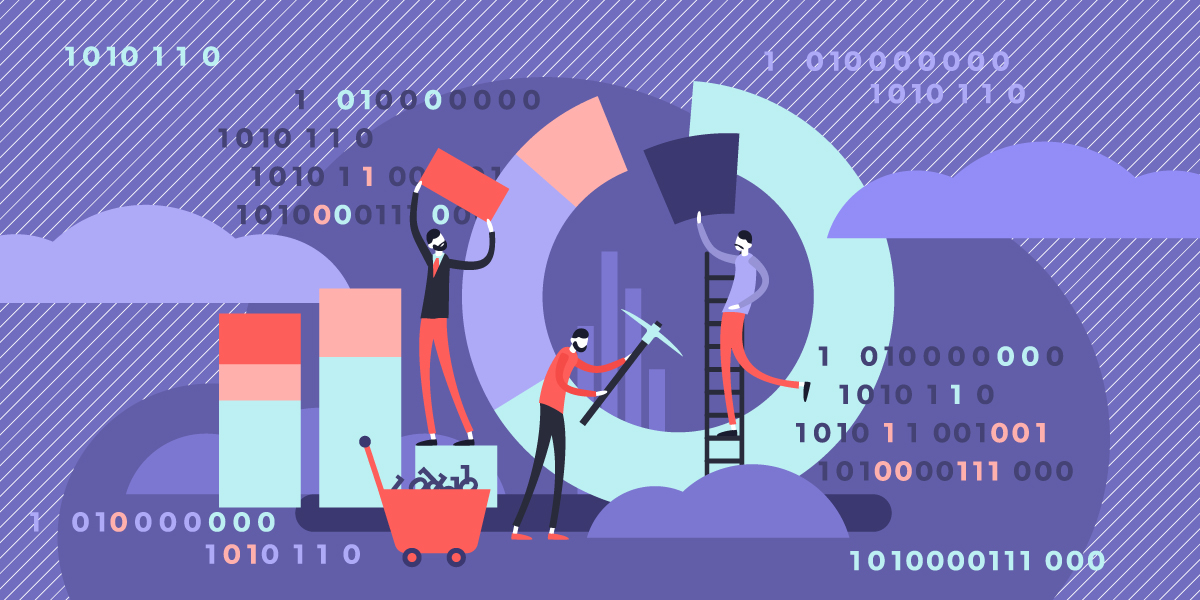
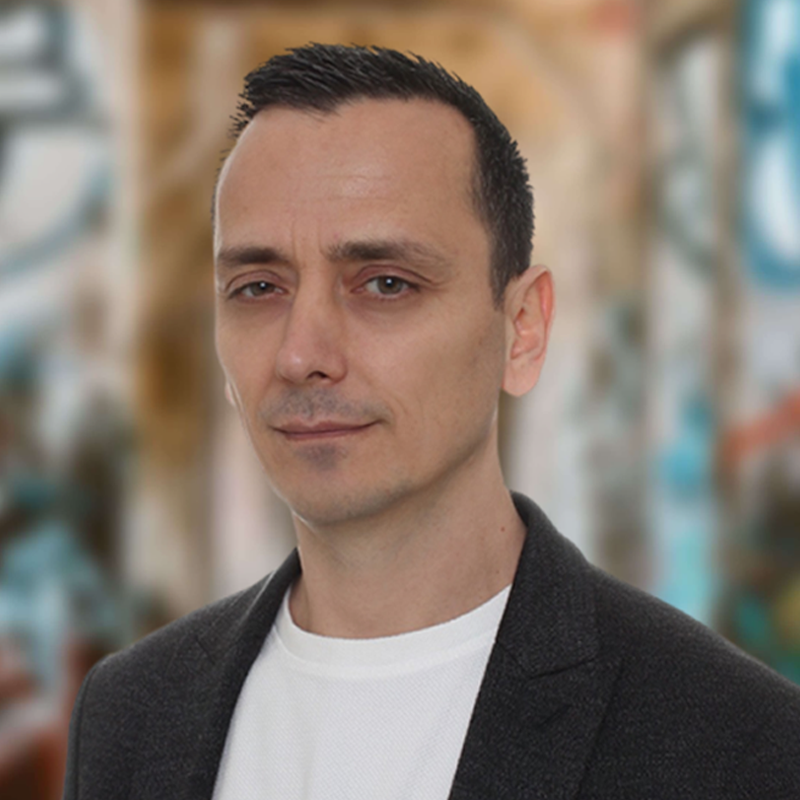
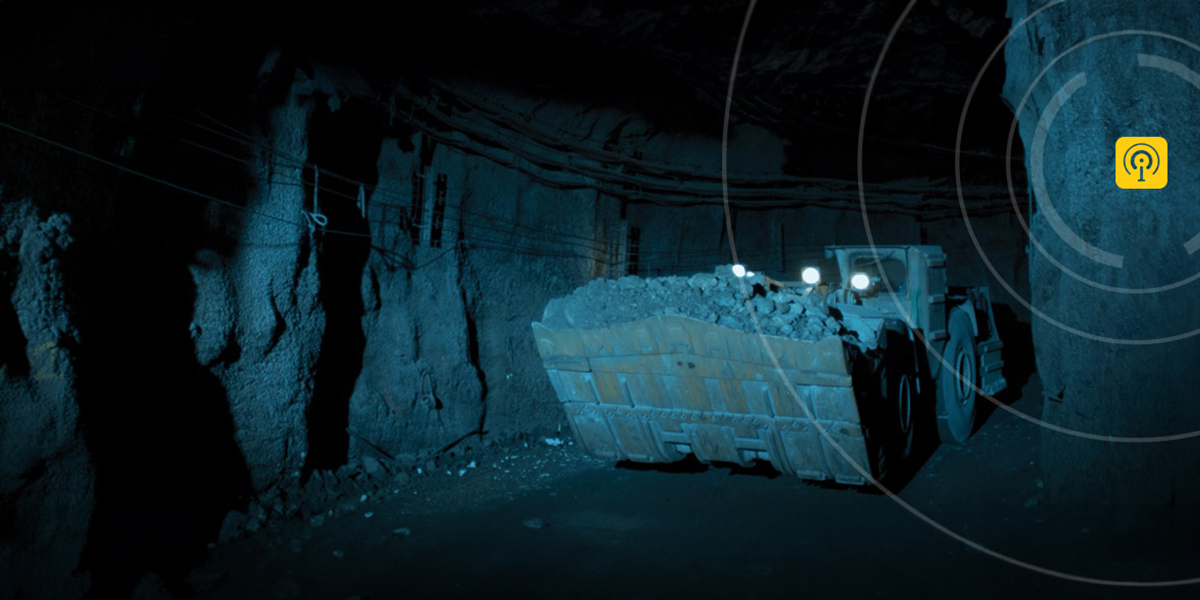


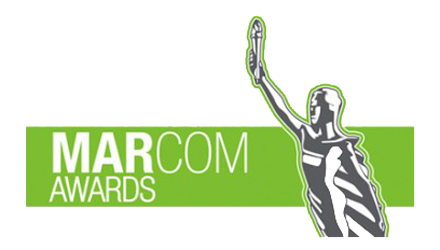
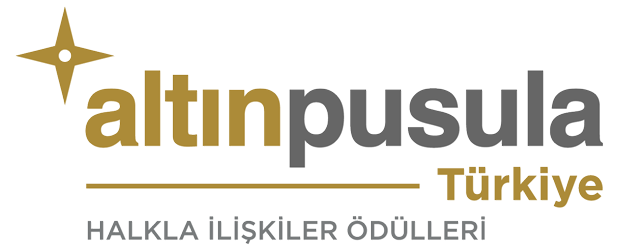
Cüneyt Uğur has worked in various sectors within the technology field for 18 years, and since 2017, he has been with Borusan Cat, becoming well-known alongside the robots. He enjoys gardening.